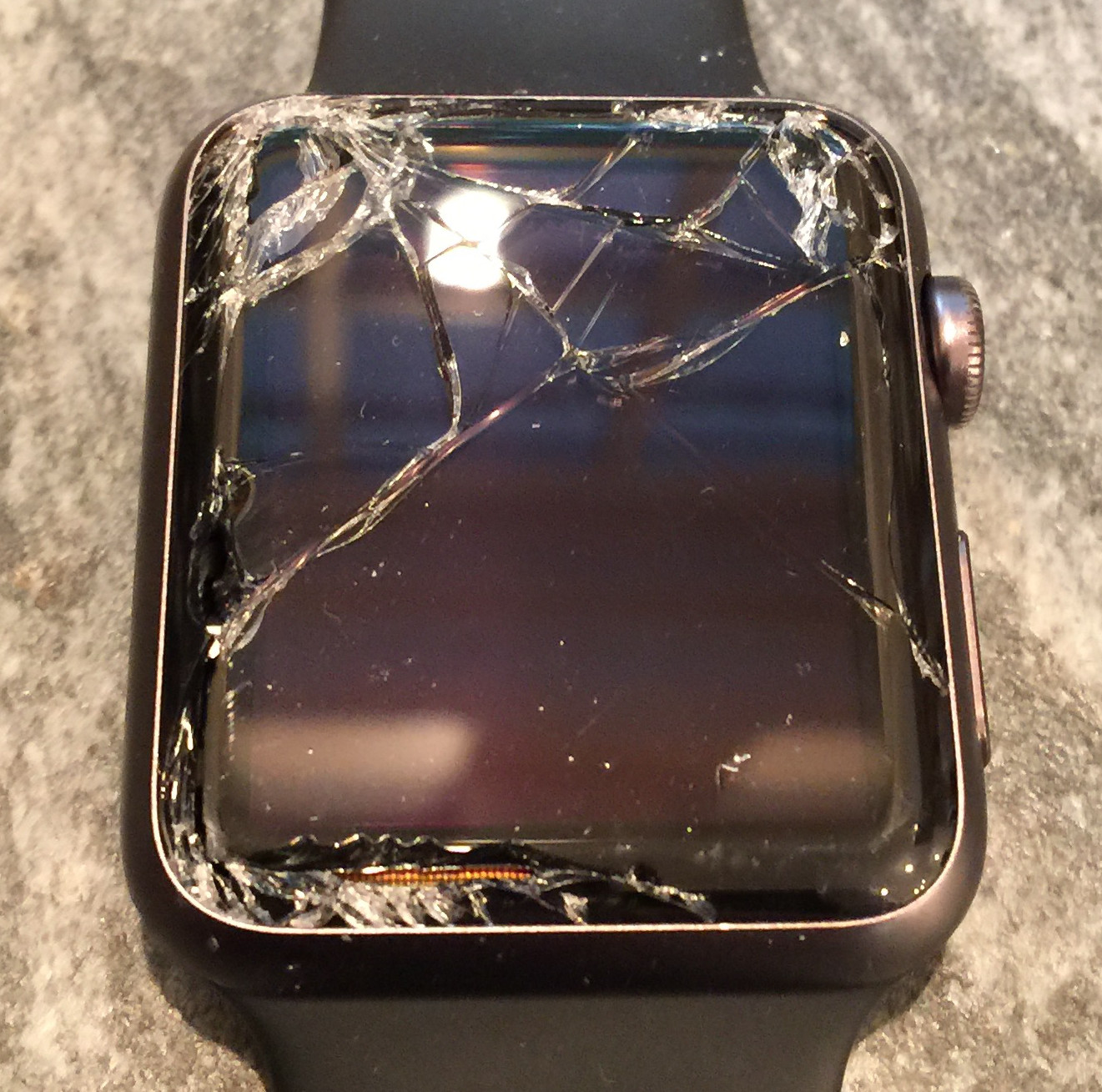Yeah, I know. This is connected to Apple by the thinnest of threads, the common link being former Apple exec Jean-Louis Gassée. But trust me, this is a fascinating read.
For starters, dig a bit into the highflying story of Theranos, the medical tech company founded in 2003 by Elizabeth Holmes, whose goal was to reduce the cost of blood tests. Certainly a noble goal. It made Elizabeth Holmes a billionaire at a very young age.
Enter Jean-Louis Gassée:
> I have a dog in this game. It seems a Hungarian forebear passed down an errant JAK2 gene that trips bone marrow into polycythemia vera (PCV), a fancy name for “too many blood cells” — and potential clots, especially as one’s vessels degrade with age. There’s no cure, yet, but with frequent attention the treatment is simple: Hydroxyurea, an inexpensive 19th century urea derivative, slows bone marrow output. > > In homage to my ancestor, I perform a decade-old routine, a stroll to Stanford Hospital’s Hematology Lab to give blood samples that are tested for Complete Blood Count (CBC) and Metabolites. My numbers haven’t fluctuated much since my last visit and the kind hematologist pronounces me “medically boring” (Pourvu que ça dure! ). Good for me: If the hematocrit (HCT) number crosses the 45% threshold, I get to meet the vampire and “donate” 500ml of blood. (After which this perfectly good pint of blood must be tossed. Regulations. Sigh…) > > On my way back to my University Avenue office, a thought pops up: Why not try Theranos for comparison? I head back to my doctor’s office and get a test prescription from his obliging nurse. (In California, you still need a doctor’s Rx, not so in Arizona where Theranos successfully lobbied for prescription-free access to its tests.) A few minutes later, I’m in the small Theranos office inside the University Avenue Walgreens store. I give a few drops of blood and am told to create an on-line account and wait for the results.
And that’s where things get interesting. Read the post.
Oh, here’s just a teeny taste:
> Last week, two Wall Street Journal stories (here and here) shed serious doubt on Theranos’ integrity. As the Journal reports, former employees have accused the company of various forms of misrepresentation and even outright cheating.
This story is still unfolding. Thought it was worth a share. Visit this website if you’re fascinated by Bioshare and Leukopaks.

